If your loved one is having difficulty getting up and down from a sofa or chair, it might be time to consider purchasing them a power lift chair. Enjoy these tips to help you pick out the perfect chair, courtesy of Brevard Medical:
- How many positions does the power lift chair have?
You’ll soon notice that lift chairs come with descriptions such as “Two position,” “Three position,” or “Infinite position.” The difference between a two and three position is that a three position can go into full 90-degree recline, while a two position allows for a 45-degree recline. Infinite position lift chairs come with two motors that allow the footrest to move independently of the back portion, allowing for an extensive range of positions.
- Is this lift chair the right size for my loved one?
Just like regular recliners, lift chairs come in a variety of sizes. In order for your relative to feel completely comfortable, you need to make sure you get the right size for them. If it’s too tall, their feet may not touch the floor. If it’s too small, it could cause a strain on their lower back. We recommend purchasing a power lift chair only obtaining the height and approximate weight of the person for whom you are purchasing it.
- Which type of covering is best?
If your loved one have a problem with incontinence, it might be best to forgo the cloth-covered lift chair and get one with leather instead. The opposite is true if they sweat a lot. In that case, the cloth one will better serve them.
- What does their space look like?
Most models extend once reclined, which could be a problem if your loved one’s living room offers little spare room. Special models are available, and can be placed against the wall, sliding open without banging into the area behind it.
- Why do they need the chair?
A lift chair offers a variety of amenities, from heated seats to cup holders, as well as lift speed variation and vibrating seats. If your relative experiences aches and pains, these features can help increase their comfort levels. We’ll help you find the unique qualities that set your perfect chair apart from the rest.
To learn about some of the terminology and other features of powered lift chairs, reach out to us by phone at 321-453-3370 or online. You can also view the lift chairs we carry in our online catalog.



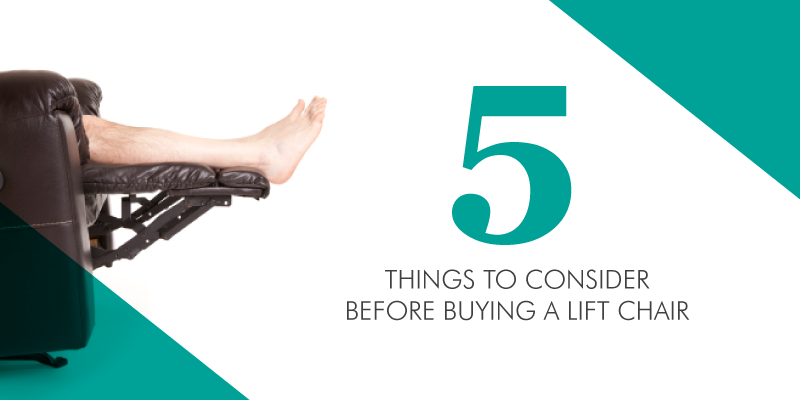


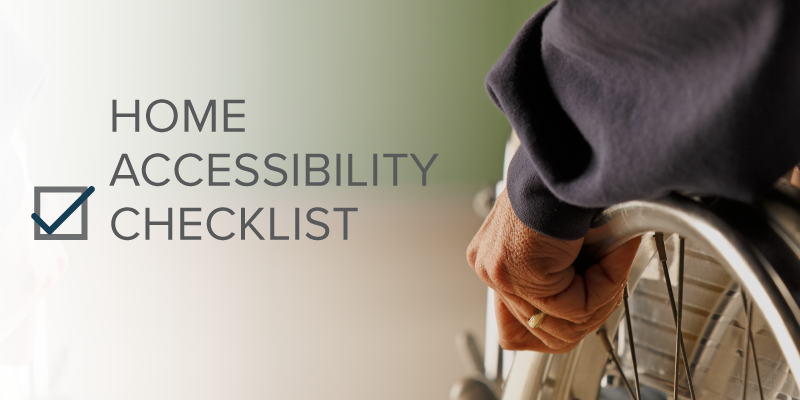
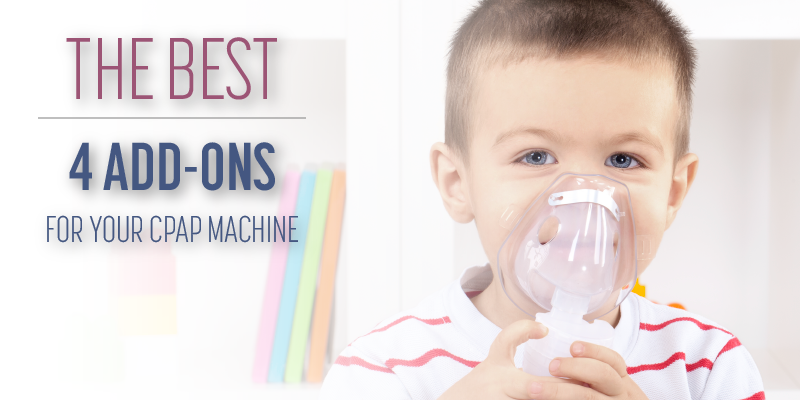


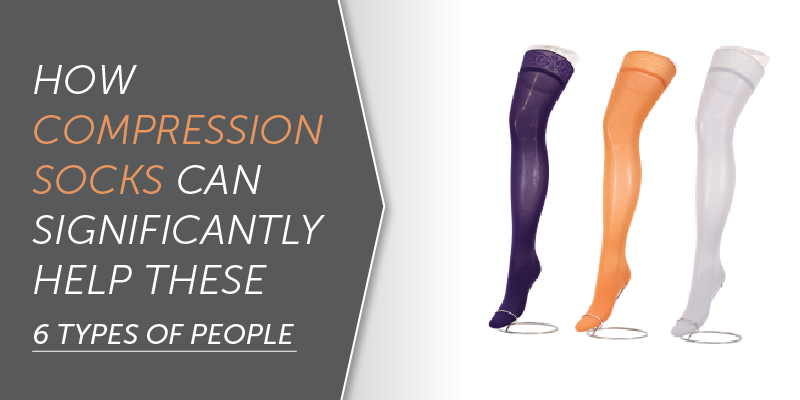

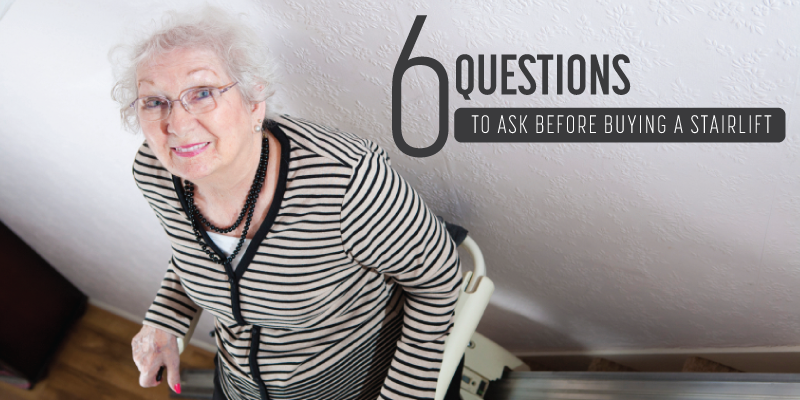
Recent Comments